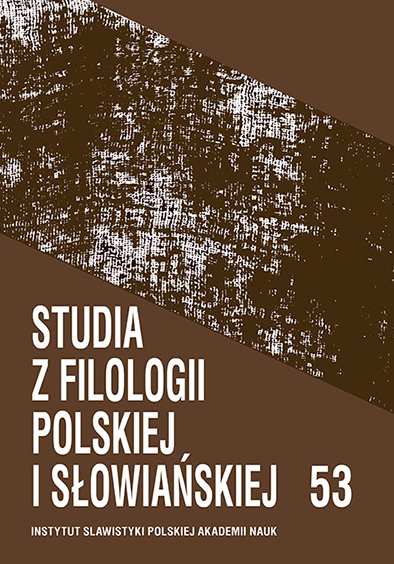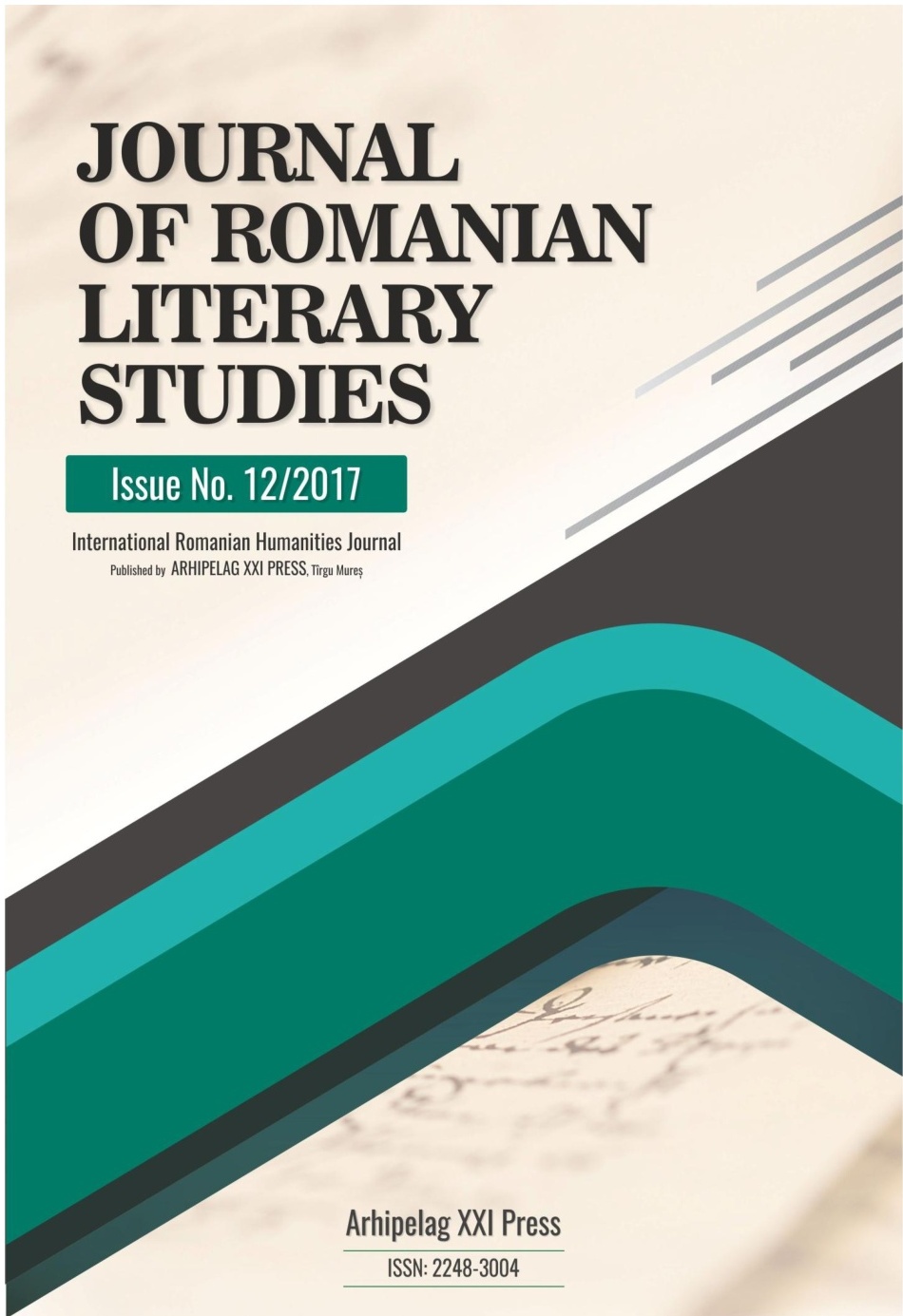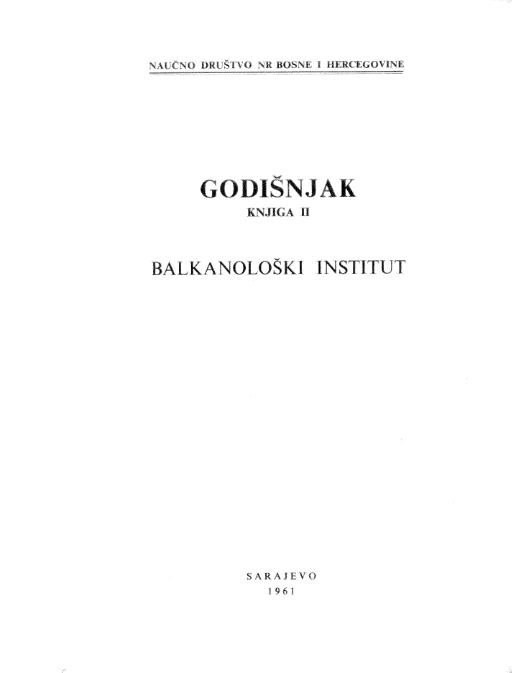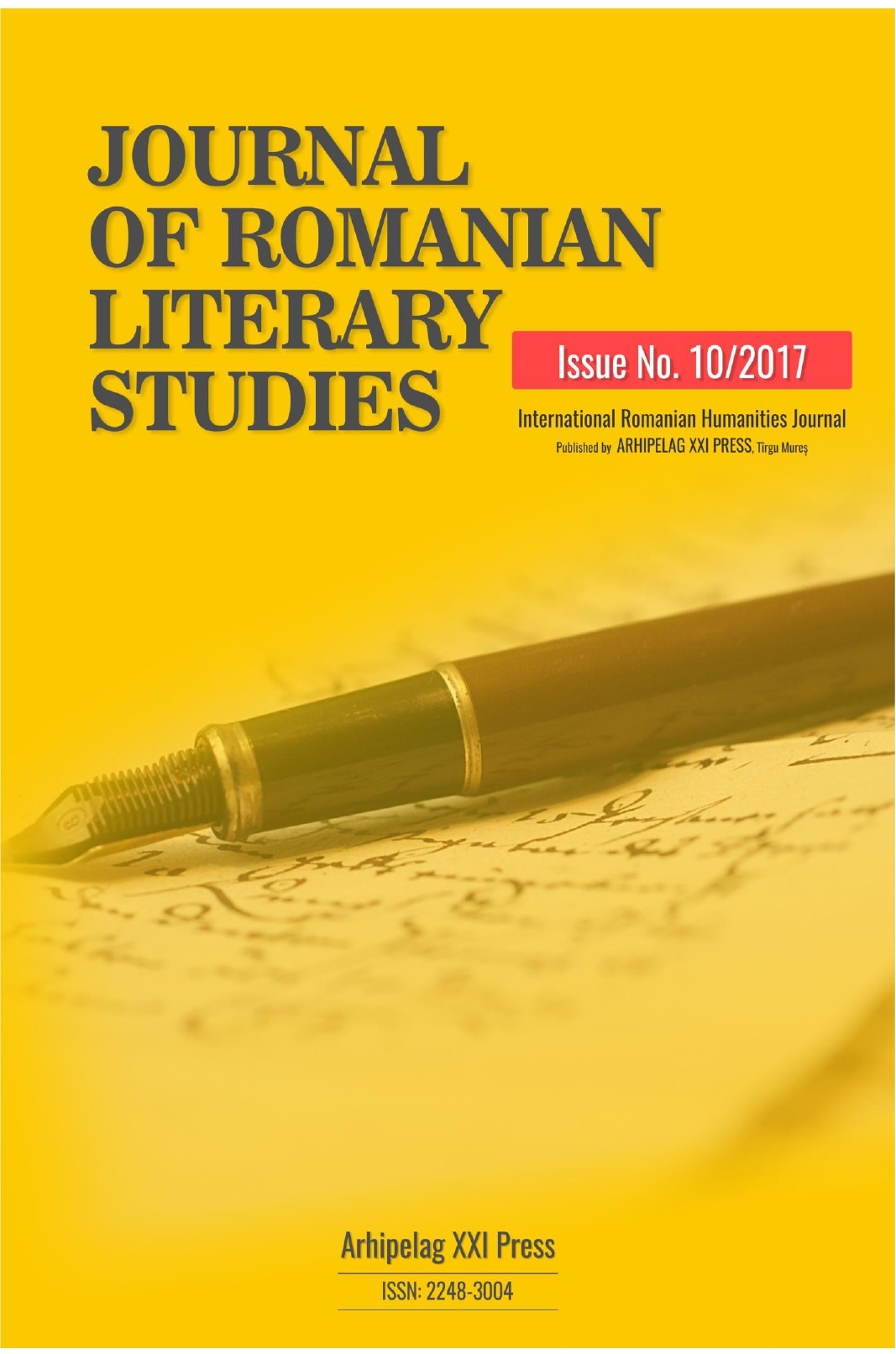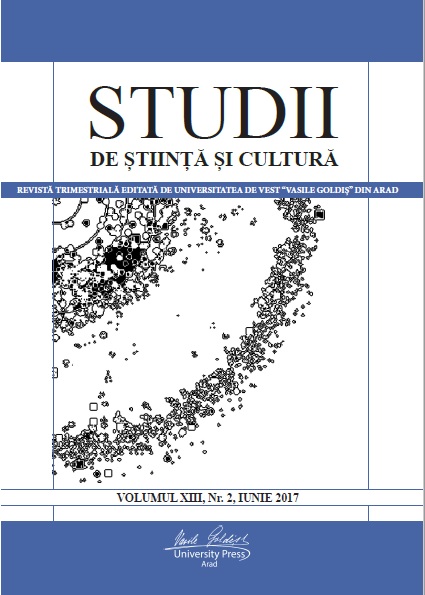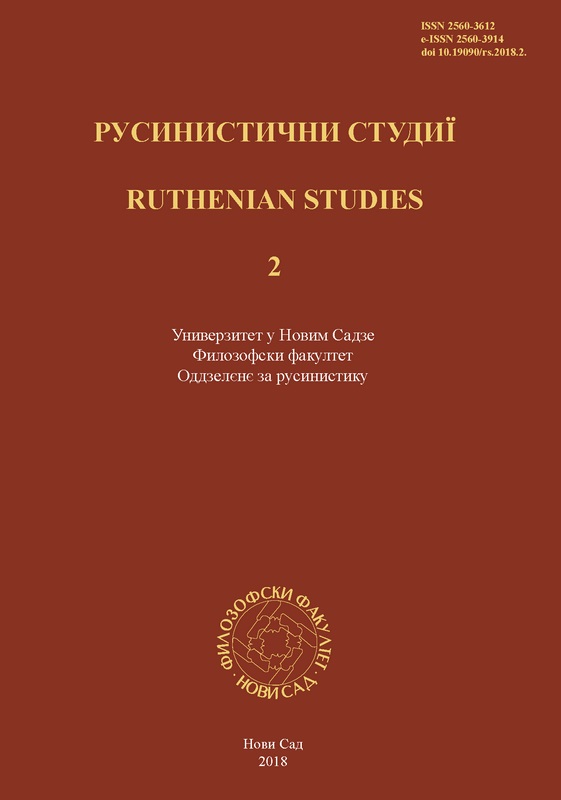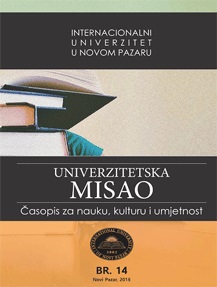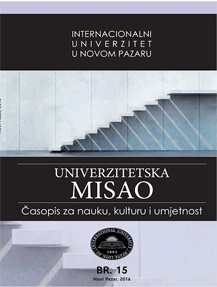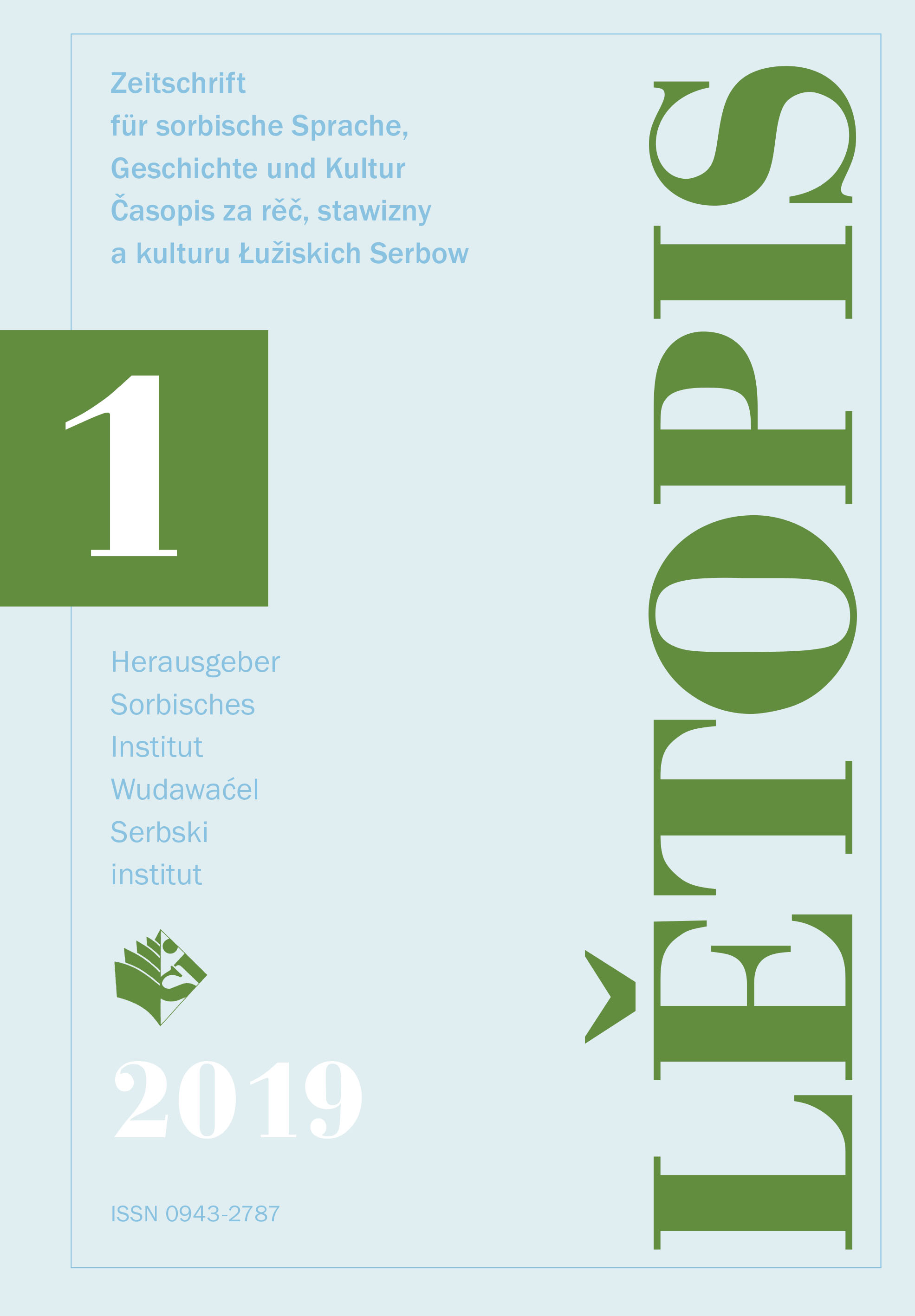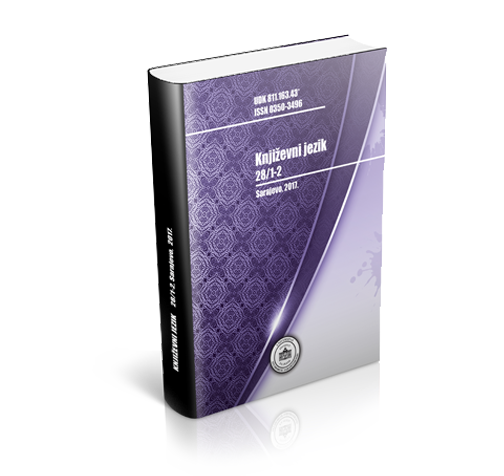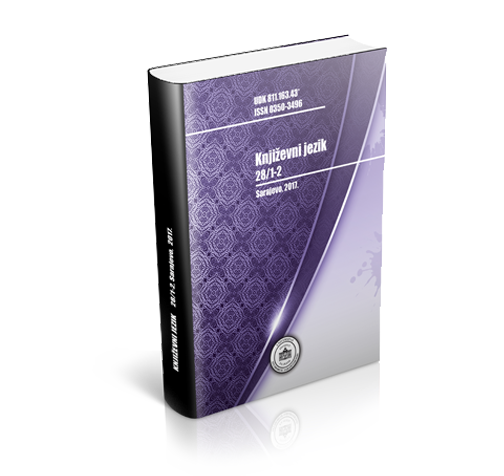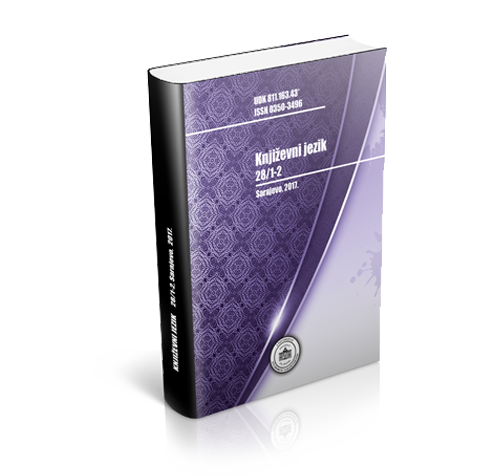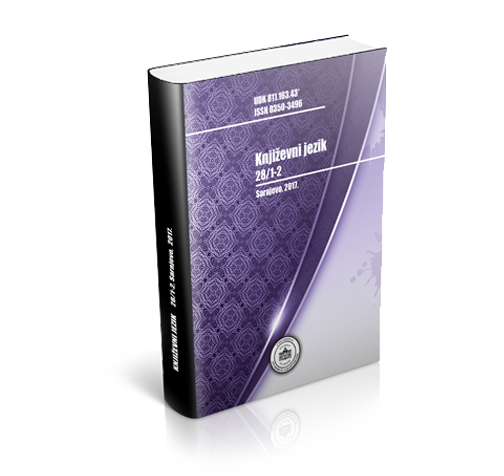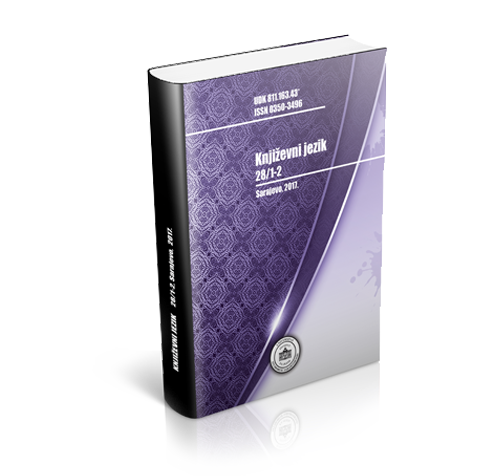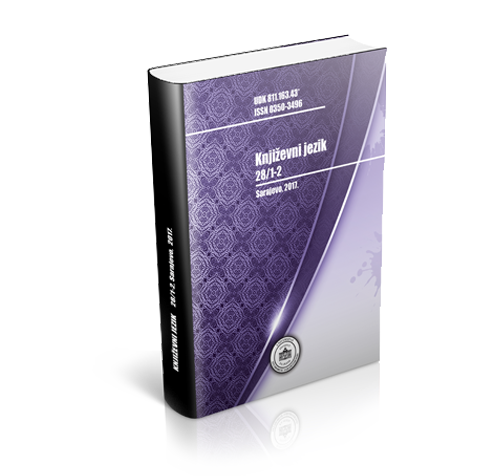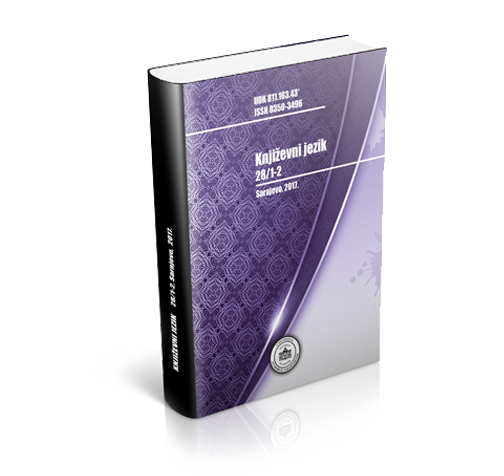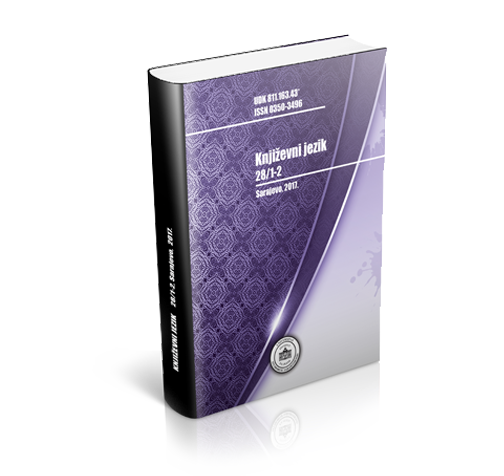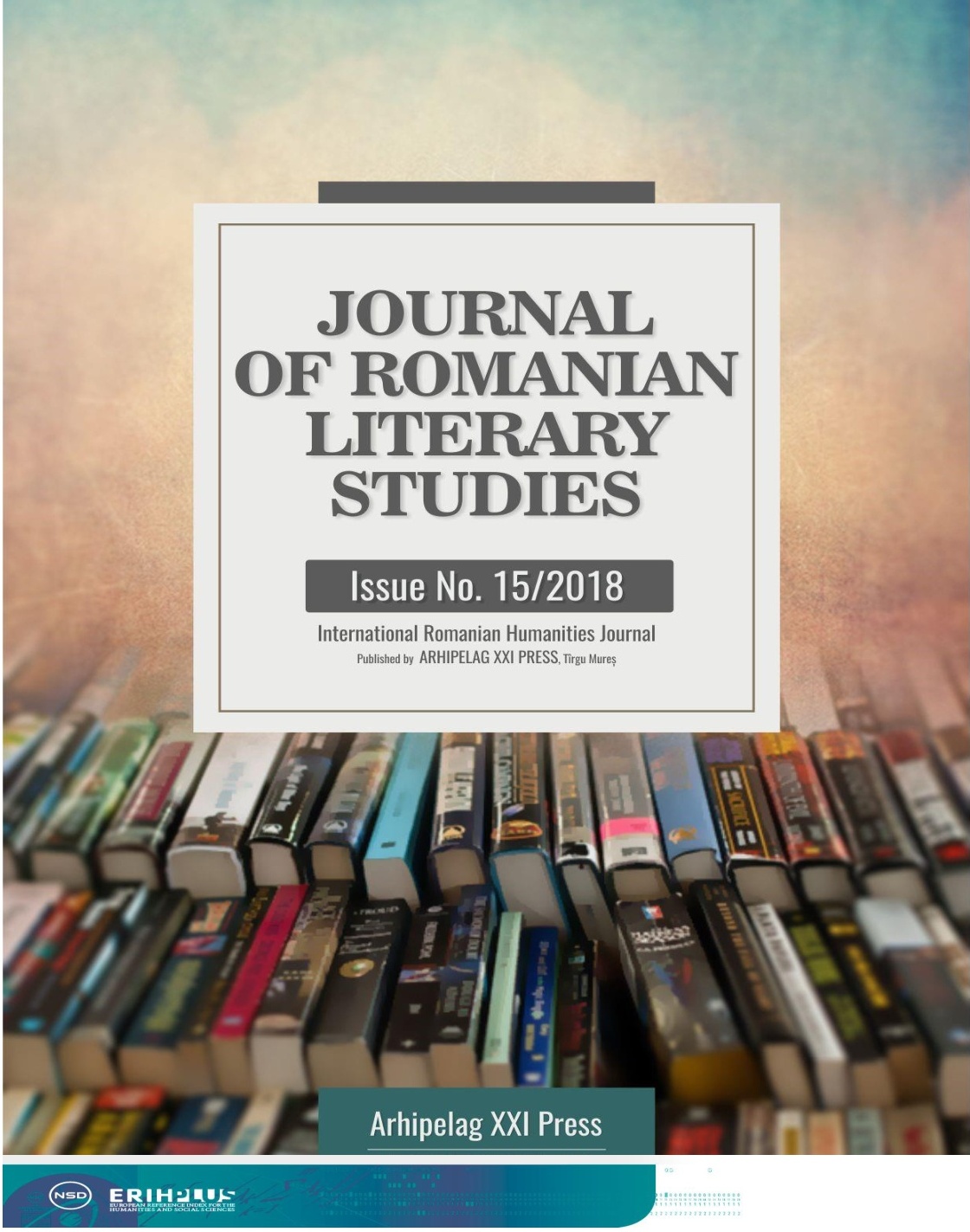
TROUBLESOME ENGLISH VOWEL SOUNDS
English vowels – as simple as they may appear - seem to cause foreign learners of English a lot of trouble when it comes to their correct pronunciation. Mispronouncing a vowel can immediately give you away. You automatically know you’re not doing it right, but at the same time you have no clue what is wrong with your pronunciation. Being misunderstood may represent the difference between passing or failing an exam or an interview. The present paper aims to point out the main factors that make English vowels so troublesome and the variables one needs to pay attention to, in order to pronounce them correctly and avoid misunderstandings or awkward situations.
More...
